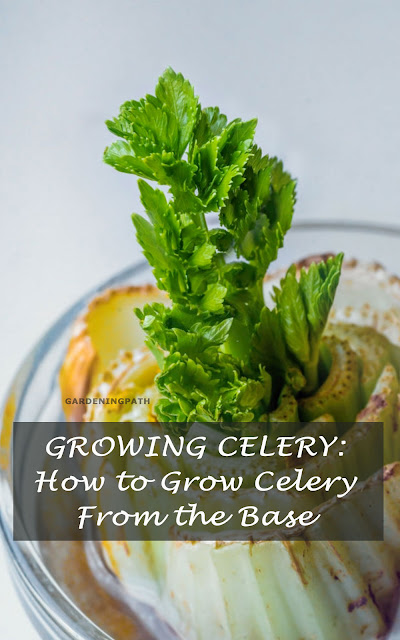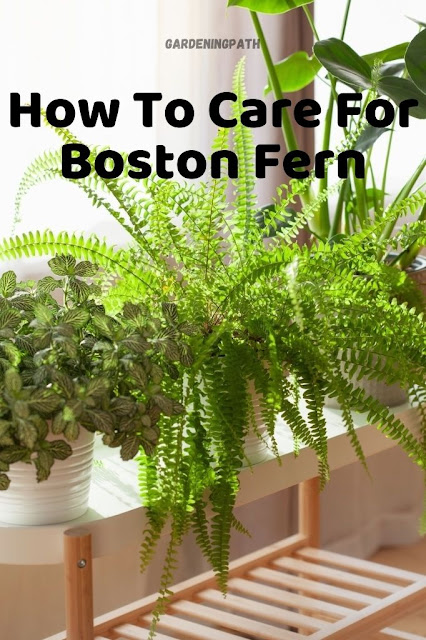GROWING CELERY: How to Grow Celery From the Base
Growing celery from the base of the stalks is a fun, easy garden project that produces fast results. There are two ways to do it: using just water in a container or planting the base in potting soil. You might get more leaves than stalks when growing celery from its base, and your celery might not be as big as a store-bought bunch. However, there are great ways to use celery leaves in cooking. Not only is garden celery better-tasting than store-bought types, but also it’s less chemically laden. In cool spring and summer regions, plant celery in early spring. In warm spring and summer regions, plant celery in mid to late summer for harvest in late autumn or early winter. Think of them as an herb: They taste like mild celery and work well in soups, stews, and more; some people even use them as a substitute for cilantro. Here’s our advice on sowing, growing, and harvesting celery.
WHAT IS CELERY?
Celery is considered both a vegetable and an herb belonging to the genus Apium and the family Apiaceae, which also includes coriander, celeriac, parsley, fennel, and carrots.
Native to certain regions in Africa, Asia, and Europe, Apium plants flourish in marshy growing conditions. Most of us don’t have swamps for backyards, so it’s a good thing celery’s been cultivated for easily achievable garden conditions.
Soil or pot?
You can plant the seedlings in the ground or in a large pot, Savio said. Celery roots range from 18 to 24 inches, according to a vegetable root depth guide prepared by the University of California Cooperative Extension for Los Angeles County, so look for a pot that’s as deep as possible, Savio said. “For any vegetable, find the optimum depth and then add another 4 inches to the pot so the roots have some room to grow. You don’t want them pushing against the sides of the pot.” Finally, choose a sunny location; celery can’t handle high summer temperatures, but during the winter, when days are shorter and the sunless intense, they need at least four to six hours of sun daily.
Water
Celery needs water to grow straight, sweet and tall, so keep the soil moist. A rainy winter can provide all the moisture necessary, but if your celery starts tasting “like turpentine” or the stalks get soft and “feel a little wobbly,” those are signs more water is needed.
START FROM SEED
You’ll start your seeds indoors about 8-10 weeks before the last frost. This typically translates into early to mid-March.
Celery needs about 3-4 months to grow, so if you want a fall crop, sow in May or June. For a winter crop, sow seeds in September or October.
Make sure you start with a loose bed of soil in each cell. Tamp it down with your finger and add 2-3 seeds to each cell, but do not push the seeds down. They should be laid bare for the sunshine to see!
Celery seeds need direct sunlight in order to germinate. If you don’t have lots of sunny windows, invest in fluorescent grow light to give your seeds the light they need.
Keep the lights close to the soil carefully for the best results.
Another important tip is to avoid planting the seeds in clumps of four or more. Celery seeds are notoriously tiny, so this isn’t always easy. But if you plant too many near each other, you’ll find yourself doing a lot of thinning later on.
Set your seed tray near a sunny window and keep a spray bottle handy. Your delicate seeds will need to stay damp. You can cover the seed tray with some plastic wrap to keep it nice and humid in there, too.
Once you see the first plants start poking through the earth, remove the plastic wrap.
Germination can take up to 18 days! Before you transplant your seedlings outdoors, harden them off for 7-10 days.
If you live in a warmer climate and are planning a winter crop, sow your seeds directly into your outdoor garden in late summer or early fall. Plant seeds about a foot apart, and make sure the soil is loose and compost-rich.
START FROM GROCERY STORE CELERY STALKS
Cut the Bottom Off Your Celery Bunch
Using a large, sharp knife, cut off the bottom of your bunch of celery about 2 inches up from the base. Store the celery stalks until you're ready to eat them, and save the base.
Place the Celery Base in a Small Container
Take the base of your bunch of celery, and put it in a small container filled with about an inch of water. Place the container in a bright area out of direct sunlight.
Watch the Celery Grow
Your celery should start to sprout in a day or two. Change the water every couple of days, and make sure the dish doesn't dry out.
PESTS/DISEASES
Celery is pretty trouble-free but watches out for slugs early on. Beer traps will tempt slugs away from young plants and the unfortunate victims can be disposed of as necessary.
- Flea beetles
- Slugs and snails
- Earwigs
To control pests, cover the plants with garden fabric (row covers) during the first four to six weeks of the growing season
Harvesting
Harvesting celery is simple: Remove outer stalks as needed, starting when they reach a height of eight inches. Use a small serrated knife to make a diagonal cut at the bottom of the stalk, leaving the inner stalks to mature.





Comments
Post a Comment